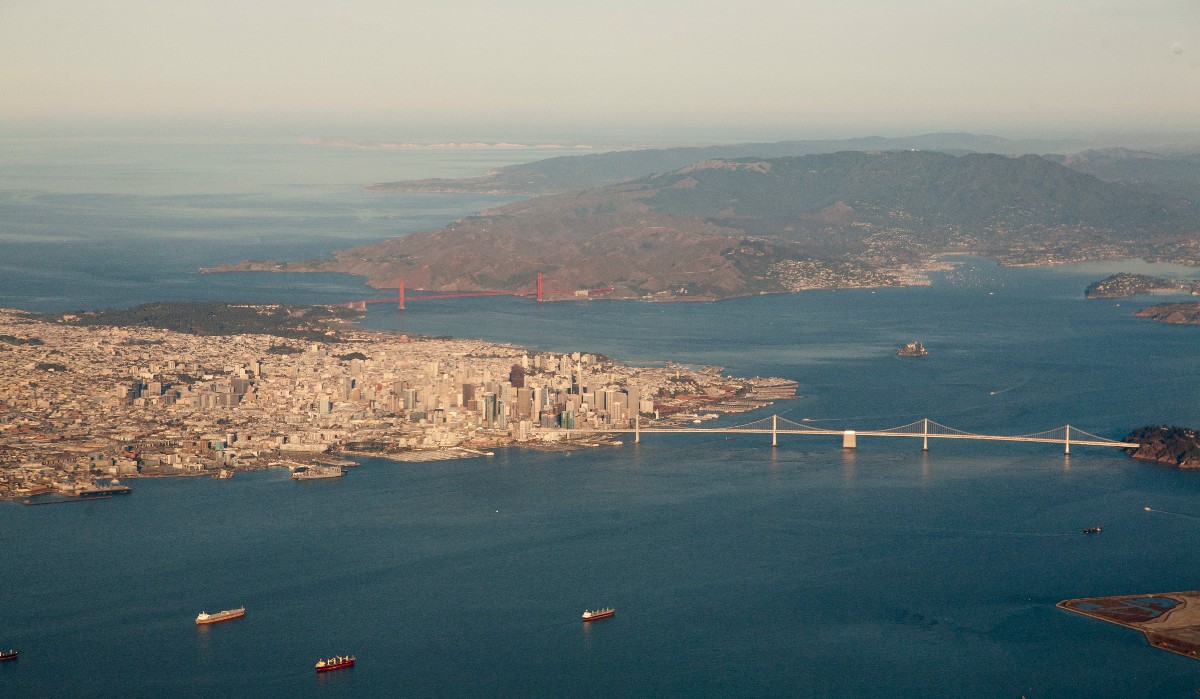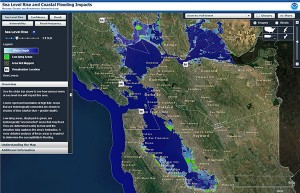
San Francisco Bay Area Will Vote on Sea Level Rise Resilience
On June 7th, the nine California counties around the San Francisco Bay Area will vote on a new property tax – known as Measure AA – that would protect the coasts of the San Francisco Bay from sea level rise. As the world warms, ice melts, tides change, and the oceans are rising. Many of the world’s largest cities were originally built around harbors – at sea level. They are now at risk of inundation. As our understanding of how much the seas are expected to rise changes, cities will have to adapt.
While coastal cities around the country, from New York to Charleston, Miami to New Orleans, have begun planning for rising seas, this is one of the first efforts that would directly tax residents to pay for resilience measures. This new tax would cost residents $12 a year for the next 20 years. If it passes, it would raise $500 million dollars that would be earmarked for new flood control measures like wetlands or other adaptation measures.
For cities to be successful in the 21st Century, they must be resilient. We know that their are risks and threats out there, but cities that are resilient are able to weather the storm and bounce back from a disaster. Resilient cities can forecast future risks, and then make an effort to prevent the worst losses. The American Security Project has partnered with Lloyds, the international leader in insurance markets, to promote their “City Risk Index,” a ranking of the world’s greatest cities, and the risks they face. You can watch video and read about ASP’s event launching the index.
 To show how vulnerable the San Francisco Bay is to sea level rise, the US government has created an interactive tool that shows vulnerability to sea level rise. NOAA’s Sea Level Rise Viewer shows how the most vulnerable areas are actually also some of the least prepared – like low income areas in the East Bay.
To show how vulnerable the San Francisco Bay is to sea level rise, the US government has created an interactive tool that shows vulnerability to sea level rise. NOAA’s Sea Level Rise Viewer shows how the most vulnerable areas are actually also some of the least prepared – like low income areas in the East Bay.
Building resilience is difficult in a democracy, because it asks people to pay before a disaster, not the recovery after. Even though repeated studies have shown that risk reduction is almost always cheaper than paying to rebuild, the political incentives work in the opposite direction. Indeed, a report from the Bay Area Council, “Surviving the Storm,” indicates that about $10.5 billion is at risk from sea level rise around the Bay Area. Indeed, Lloyd’s City Risk index finds that San Jose and San Francisco alone have $7.5 billion at risk from flooding. Advocates of the ballot initiative say that the $500 million raised will prevent such damage. As ASP’s 2011 report “Pay Now, Pay Later” found, it is almost always better to build resilience now, rather than paying the cost to rebuild later.
City resilience is a key part of long-term security. The San Francisco Bay is the hub of one of the fastest growing, most dynamic economies in the world. We should not let environmental threats like sea level rise and extreme weather derail this growth. Ballot Measure AA is a good investment in California’s long term security, and voters should pass it when they go to the polls in June.







